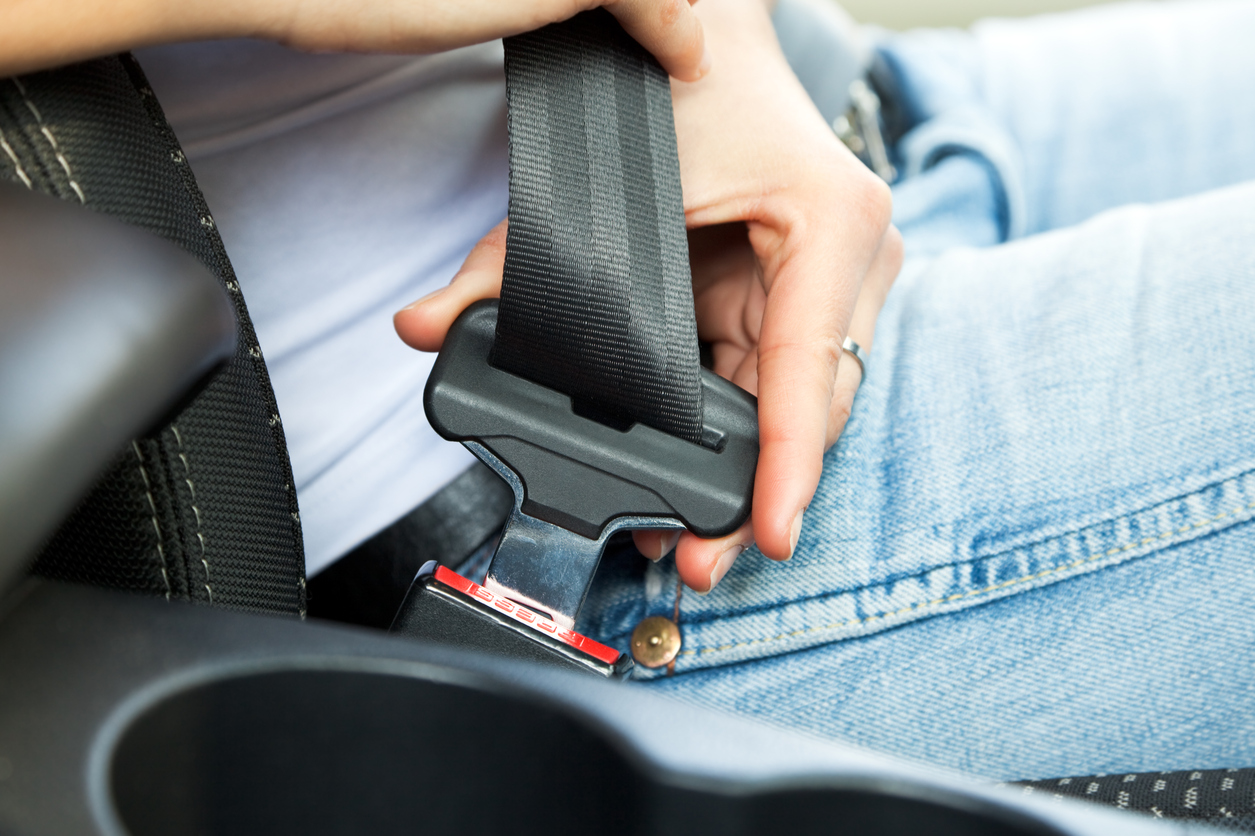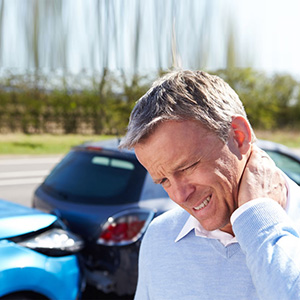Seat Belt Safety Laws
 One of the leading causes of death among those between the ages of 1 and 54 in the United States is motor vehicle crashes, and one of the most effective ways to reduce injuries and save lives is the use of a seat belt.
One of the leading causes of death among those between the ages of 1 and 54 in the United States is motor vehicle crashes, and one of the most effective ways to reduce injuries and save lives is the use of a seat belt.
All 50 states have some form of seat belt law, be it a primary offense in which a police officer can pull someone over for him/her or passengers not being properly restrained or a secondary offense in which an officer cannot pull someone over solely for the offense of not wearing a seat belt, however, if pulled over for another citable violation and unrestrained, the officer can issue a ticket for not wearing a seat belt.
Currently in 18 of the 50 states, the seat belt law is considered a secondary offense with the exception of Colorado, which although is a secondary offense state for adults, children not properly restrained is a primary offense with a much larger fine. New Hampshire is the only state not requiring adults to wear seat belts, however, they do have a primary child passenger safety law covering anyone under 18. All other states have a mandatory seat belt use law for drivers and front seat passengers.
We’ve all met that person who knew of someone whose life was spared because they were NOT wearing a seat belt, however, the chances of this happening is slim to say the least! One study from 2002 estimated that 4,200 lives could be saved each year if 90% of the population in the United States wore seat belts. There are rare instances when a seat belt can cause harm.
A friend of mine who is an ICU nurse even had a pediatric patient with a liver laceration following an automobile accident with a lap belt, however, this was not supported by a shoulder strap and injuries sustained from wearing a seat belt are generally surface bruises and/or abrasions and significantly far less severe than injuries that may have been sustained from not wearing a seat belt.
According to the National Highway Traffic Safety Administration (NHTSA), seat belts have saved roughly 300,000 lives in the United States since 1975.
Seat belts were invented in the mid-19th century by an English engineer named George Cayley, however, the first U.S. patent was granted to Edward Claghorn of New York on February 10, 1885. Motor Vehicle Safety Standard enacted a federal law on January 1, 1968 that required all vehicles with the exception of buses to be fitted with seat belts in all designated seating positions. The world’s first seat belt law was in 1970 in Victoria, Australia, however, in the United States the first state to enact primary enforcement seat belt laws was New York in 1984. By July of 2010, 31 states including the District of Columbia had primary seat belt use laws while 18 states had secondary enforcement laws.
One study found that the use of seat belts in primary belt law states averaged 88% and was less in states with weaker enforcement laws. Studies have also been conducted by the Centers for Disease Control and Prevention and have found increased belt usage in primary belt law states and decreased fatalities in these states as well. Overall, serious injuries and fatalities are reduced by wearing a seat belt, and unless you are an adult in New Hampshire it is the law in one form or another so buckle up!
This article is provided by the Desmond Law Office, Louisville, Kentucky. We handle accident cases in both Kentucky and Southern Indiana.


 The most common injury sustained from blunt trauma to the chest is rib fractures and account for more than half of all thoracic injuries from non-penetrating trauma. Whereas in the elderly the most common cause of rib fractures is a fall and in youth the most common cause is recreational or athletic activities, in adults,
The most common injury sustained from blunt trauma to the chest is rib fractures and account for more than half of all thoracic injuries from non-penetrating trauma. Whereas in the elderly the most common cause of rib fractures is a fall and in youth the most common cause is recreational or athletic activities, in adults,  What is Posttraumatic Stress Disorder (PTSD)? After someone goes through a traumatic event or life threatening situation it is not uncommon for that person to experience anxiety, flashbacks of the event, nightmares, increased jumpiness, etc. This has often been associated with war veterans or persons who have been physically or sexually assaulted, however, it’s also possible someone to experience PTSD after a
What is Posttraumatic Stress Disorder (PTSD)? After someone goes through a traumatic event or life threatening situation it is not uncommon for that person to experience anxiety, flashbacks of the event, nightmares, increased jumpiness, etc. This has often been associated with war veterans or persons who have been physically or sexually assaulted, however, it’s also possible someone to experience PTSD after a  Have you been in an car accident? Are you experiencing neck or back pain? Maybe you’ve been diagnosed with a cervical, thoracic or lumbar strain/sprain. What is the difference between the types of sprains and strains?
Have you been in an car accident? Are you experiencing neck or back pain? Maybe you’ve been diagnosed with a cervical, thoracic or lumbar strain/sprain. What is the difference between the types of sprains and strains? Injuries sustained in an automobile accident depend on direction of travel, speed of travel, and collisions. Generally, if a vehicle is hit from behind the chances of severe damage or injury is less likely, however, a client of mine was recently hit so hard from behind her car was written off as a total loss, she suffered a closed head injury from her head hitting the steering wheel (while restrained), and cervical and thoracic strain from the impact. Car accidents involving a
Injuries sustained in an automobile accident depend on direction of travel, speed of travel, and collisions. Generally, if a vehicle is hit from behind the chances of severe damage or injury is less likely, however, a client of mine was recently hit so hard from behind her car was written off as a total loss, she suffered a closed head injury from her head hitting the steering wheel (while restrained), and cervical and thoracic strain from the impact. Car accidents involving a